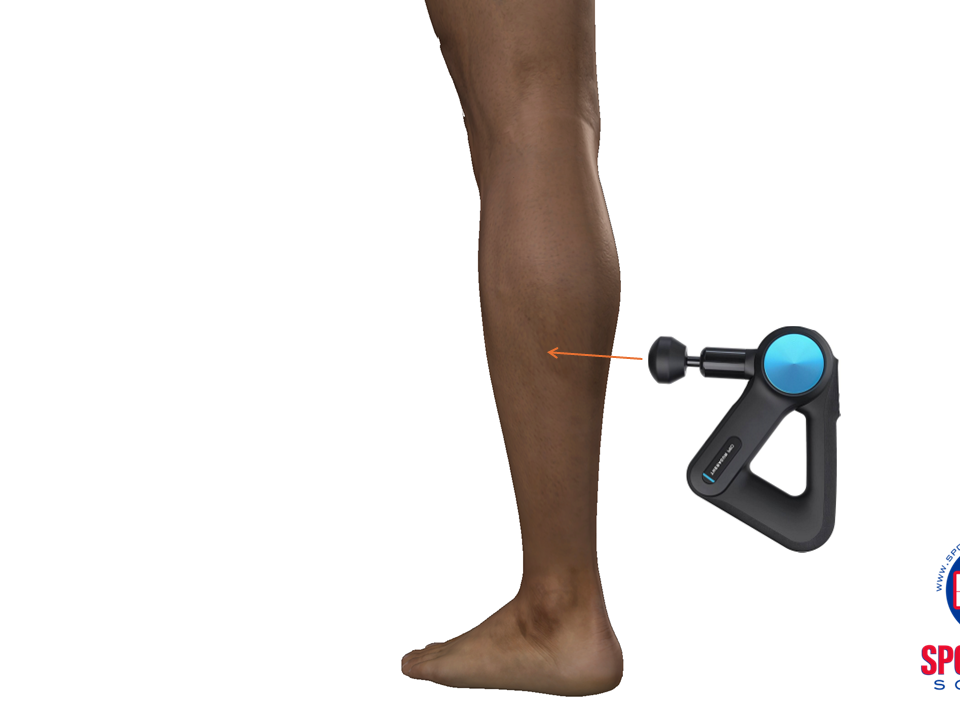
TFCC TEARS
June 16, 2014ATHLETE’S FOOT/TINEA PEDIS
July 17, 2014ACHILLES MID-PORTION TENDINOSIS
Description:
Achilles tendinosis is classified by location: mid-portion/mid-substance Achilles tendionsis (2-6cm from insertion) and insertional achilles tendinosis (< 2cm from insertion). Achilles tendinosis can also be acute or chronic. The patient will complain of pain in the posterior aspect of their ankle and point to the portion of tendon that is causing the issue. The histological changes inside the tendon include mucoid degeneration, fibrosis and vascular proliferation with a slight inflammatory infiltrate.(1)
Injury Mechanism:
From sports achilles is common in runners and athletes involved in running sports.
Overuse, excessive loading of tendon is regarded as the main stimulus. The tendon respons to repetitive overload beyond phyisiological threshold by either inflammation of the sheath or degeneration of its body or by a combination of both. (1) Other risk factors include age, hypertension, obesity and diabetes.
Four drug classes have also been implicated in tendon toxicity: (2)
1) Quinolones (most commonly affects Achilles tendon, and is associated with tendionosis and rupture)
2) Glucocorticoids (associated with achilles, patellar and quadriceps tendon rupture)
3) Statins (associated with Achilles tendionsis, rotator cuff, biceps, ECRB, and with both tendinosis and rupture)
4) Aromatase inhibitors (tendency to involve hand and wrist tendons synovitis and tenosynovitis)
Differential Diagnoses: Rupture of Achilles tendon, Partial tear of Achilles tendon, Musculotendinous gastrocnemius tear/strain, retroachilles bursitis, retrocalcaneal bursitis., stress fracture, calcaneal contusion.
Exam:
Gait – may be antalgic.
Affected tendon may appear thickened and the affected location can be nodular when palpated.
Thomson testing is important to rule out rupture.
Patient may be restricted by pain in doing single leg hops, or heel raises, but should be able to perform.
Palpation of Mid-portion Achilles tendinosis will be tender 2-6 cm from the insertion into the Achilles. Whereas palpation of an insertional tendionsis will be tender from < 2cm to the calcaneal enthesis.
Inspection of feet for biomechanical deficits: Including collapsed longitudinal arches on affected side.
Palpation of plantar fascia bilaterally – Achilles tendinosis can be associated with ipsilateral plantar fasciitis.
Ankle range of motion (Dorsiflexion including knee to wall tests, plantar flexion, eversion, inversion) should be examined for restrictions, which may be associated with the injury. Plantar flexion and dorsiflexion may be limited.
Investigations: Ultrasound can be used to identify tendinosis (thickening of tendon, hyperaemia) and rule out an associated partial tear.
Management:
1) Eccentric exercises have the most evidence for treatment of mid-portion Achilles tendinosis. (3,4)
Alfredson Eccentric Heel Drop Program:
12 week program of slow heel drops consisting of:
- 3 sets X 15 of straight knee (gastroc-achilles) heel drops twice daily
- 3 sets X 15 of bent knee (soleus-achilles) heel drops twice daily
- Pain or discomfort is part of the therapy and in fact if disappears during the treatment, additional weight is recommended (5kg) to continue. (5)
2) Shockwave – Extracorporeal Shockwave therapy (ESWT)– there is moderate evidence to support this treatment. (4)
3) Topical Glyceryl Trinitrate – using a ¼ patch of 0.2 mg nitrodur or equivalent can be applied nightly to the affected tendon for up to 12 weeks. There is evidence to suggest this is effective in reducing pain.
There is some evidence to suggest that sport, including running, may be continued if pain is kept below 5/10 on a visual analogue scale (VAS) ( (3)
Stretching may be added:
Gastrocnemius stretching 3 sets X 30 seconds
Soleus stretching 3 sets X 30 seconds
Cool-down for runners: May include jogging down hill backwards
Evidence does not support use of night splint or cortisone injections into the tendon. (3)
There is insufficient evidence to support injections (PRP, prolotherapy, whole blood, etc.) (6)
Dr. Neil Dilworth (July 17, 2014)
References:
(1) Maffulli N, Kader D. Tendinopathy of tendo achillis. The Journal of bone and joint surgery.British volume 2002;84(1):1-8.
(2) Kirchgesner T, Larbi A, Omoumi P, Malghem J, Zamali N, Manelfe J, et al. Drug-induced tendinopathy: From physiology to clinical applications. Joint Bone Spine 2014 Jun 21.
(3) Rowe V, Hemmings S, Barton C, Malliaras P, Maffulli N, Morrissey D. Conservative Management of Midportion Achilles Tendinopathy. Sports Medicine 2012 Nov 2012;42(11):941-967.
(4) Magnussen RA, Dunn WR, Thomson AB. Nonoperative Treatment of Midportion Achilles Tendinopathy: A Systematic Review. Clinical Journal of Sport Medicine 2009;19(1):54-64.
(5) Habets B, van Cingel RE. Eccentric exercise training in chronic mid-portion Achilles tendinopathy: A systematic review on different protocols. Scand J Med Sci Sports 2014 Mar 20.
(6) Gross CE, Hsu AR, Chahal J, Holmes J,George B. Injectable treatments for noninsertional achilles tendinosis: a systematic review. Foot & ankle international./ American Orthopaedic Foot and Ankle Society [and] Swiss Foot and Ankle Society 2013;34(5):619-628.




